Cassava flour bread recipe: Follow this step-by-step guide for perfect results. Learn essential tips, ingredient swaps, and variations to make soft, gluten-free bread that fits paleo and vegan diets.
The cassava flour bread recipe is a great gluten-free option for those avoiding wheat.
Made from the root of cassava, this flour is naturally gluten-free and rich in essential nutrients.
It serves as a perfect substitute for wheat flour, making it ideal for various dietary needs.
Cassava flour’s neutral taste pairs well with different ingredients, allowing for creative baking.
It also provides dietary fiber, carbohydrates, and essential minerals like calcium, potassium, and magnesium.
If you’re looking for a healthier bread alternative, this cassava flour bread recipe is a great choice.
Let’s explore how to make it step by step.
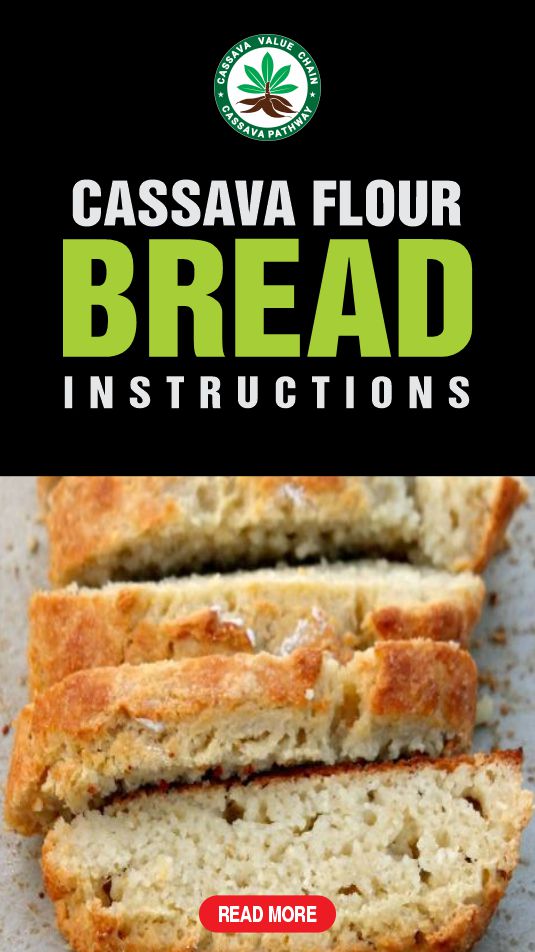
Table of Contents
- Ingredients for Cassava Flour Bread
- Preparation Steps
- Baking Instructions
- Common Mistakes to Avoid
- Variations and Add-Ins to Your Cassava Flour Recipe
- Storage Tips
- Serving Suggestions
- Watch the Video on Cassava Flour Bread
- Frequently Asked Questions About Cassava Flour Bread Recipe
- Conclusion
Ingredients for Cassava Flour Bread
To create a delightful cassava flour bread, several key ingredients are needed, each contributing to the texture and flavor of the final product.
Below is a detailed list of these ingredients, along with their specific measurements and purposes.
Cassava Flour – 2 cups
This is the primary ingredient, made from the whole cassava root. It provides a gluten-free base for the bread, resulting in a moist and dense structure.
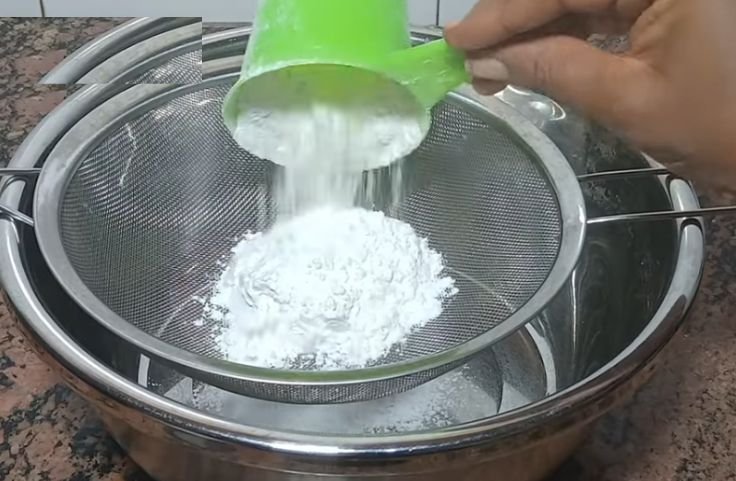
Cassava flour can often be found in health food stores or online, and it is a great alternative for those with gluten sensitivities.
Baking Powder – 1 tablespoon
This leavening agent is crucial for helping the bread rise. It creates air pockets that lighten the density of the bread while providing a soft texture.
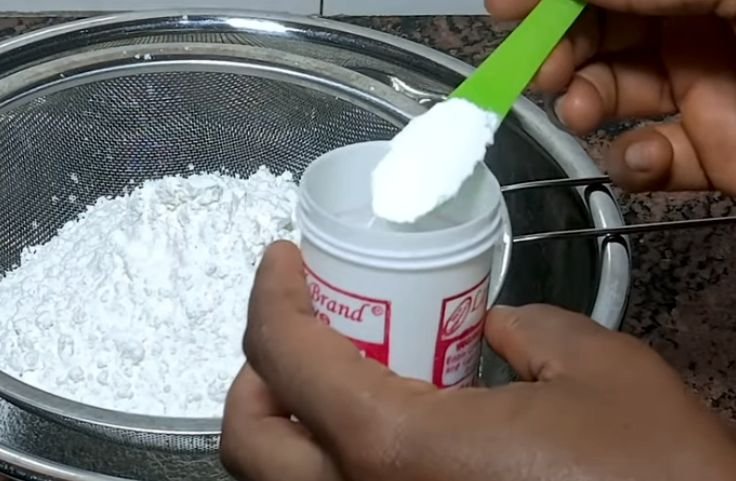
If you require a gluten-free alternative, ensure the baking powder is labeled as such.
Salt – 1 Teaspoon
Salt enhances the overall flavor of the bread, balancing the sweetness from other ingredients.

This also plays a role in controlling yeast fermentation if used in recipes involving yeast.
Eggs – 3 Large
Eggs add moisture and richness to the bread, as well as contributing to the structure.
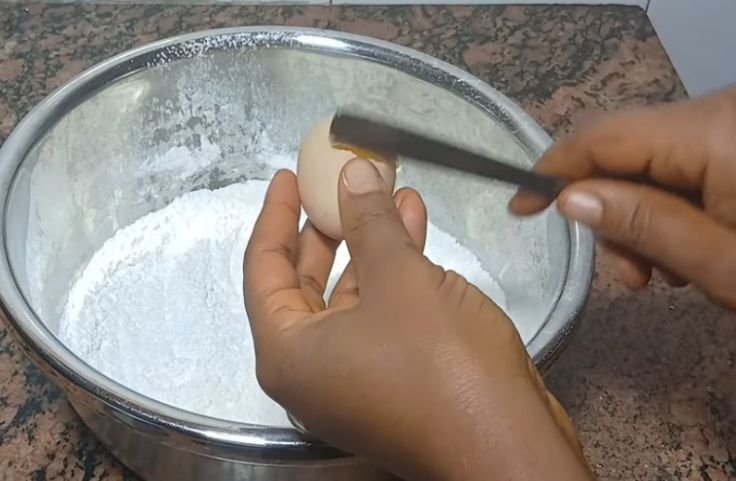
If you are looking for a vegan substitute, flax eggs (1 tablespoon of ground flaxseed mixed with 2.5 tablespoons of water) can be a suitable alternative.
Olive Oil – 1/4 Cup
Olive oil contributes healthy fats and aids in keeping the bread moist.
Alternatively, melted coconut oil or avocado oil may be used based on personal preferences or dietary needs.
Honey or Maple Syrup – 2 Tablespoons
A natural sweetener, honey or maple syrup, adds a subtle sweetness and better texture.
For strict adherents to a vegan diet, maple syrup remains a preferable option.
Instant Yeast – 2 Teaspoons
Yeast acts as the leavening agent, making the bread rise.
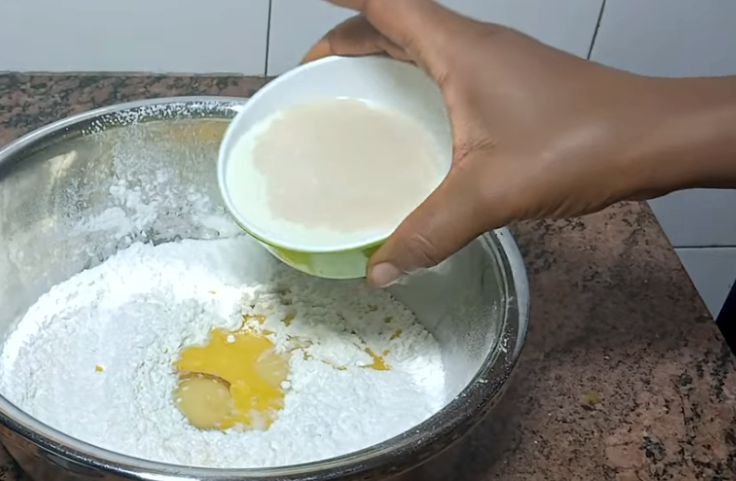
It produces gas bubbles in the batter, creating a light and airy texture while contributing subtle flavors through fermentation during the rising periods.
Warm Water – 1 Cup (110°F/43°C)
Warm water activates the yeast and hydrates the cassava flour. Proper temperature ensures optimal yeast performance, helping the dough rise efficiently while creating a soft, pliable, and workable consistency for mixing and shaping.
Related Posts
Ultimate Guide to Cassava Recipes
Baking Cassava Flour Bread without Yeast
Egg-free Cassava Flour Bread Recipe
Cassava Flour Bread with Yeast
Cassava Flour Bread Rolls: How is it Made?
Recipe for Cassava Flour Bread for Vegans
How to Make Cassava Flour Bread with a Bread Machine
Preparation Steps
Preheat the Oven
Set your oven to 350°F (175°C) and let it heat up completely. A fully preheated oven ensures even baking and a good crust.
Gather Ingredients
You will need:
- 2 cups cassava flour
- 1 teaspoon baking powder
- 1 teaspoon salt
- 3 large eggs
- 1/4 cup water or milk
Accurate measurements help achieve the right texture. Cassava flour is the base, while baking powder adds lift.
Prepare the Yeast
Combine warm water, sugar, and yeast. Let sit for five to ten minutes until frothy.
This ensures yeast activation, forming the base for the dough to rise evenly, producing a soft, airy loaf with the correct texture.
Mix Dry Ingredients
In a large bowl, combine cassava flour, and salt. Ensure even mixing to create a uniform base for the dough.

Proper blending prevents clumps and ensures the ingredients work together for optimal structure and taste.
Combine with Wet Ingredients
In a bowl: Combine cassava flour, baking powder, and salt. Make a well in the center and add eggs and liquid. Mix gently until a dough forms.
Knead and Shape
Lightly flour a surface and knead the dough for about 5 minutes. Shape it into a loaf or place it in a greased pan.

Let it Rise
Cover with a kitchen towel and let it sit in a warm place for 30-45 minutes until it doubles in size.
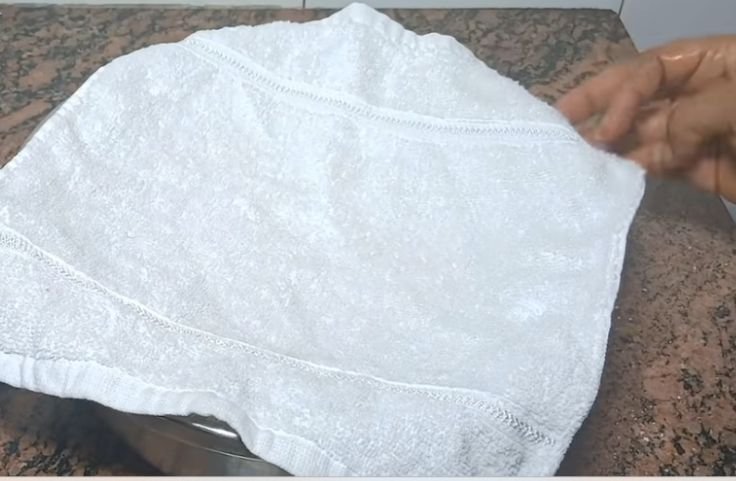
Shape Loaf
Transfer the dough into a greased loaf pan and smooth the top. Proper shaping ensures uniform baking, even crumb, and a professional appearance while maintaining the bread’s soft, moist interior.
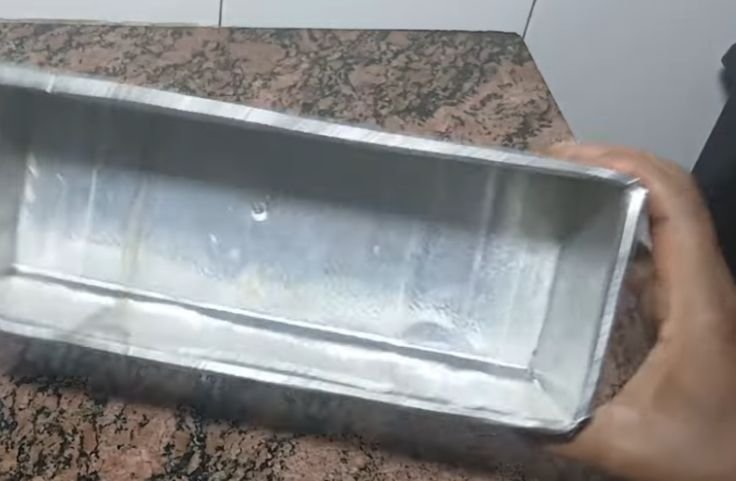
Second Rise
Cover the loaf pan and allow it to rise for thirty to forty minutes. This second proofing ensures a light texture, preventing dense bread while promoting even browning and enhanced flavor.

Bake
Place the dough in the oven and bake until golden brown. Follow the instructions below.
Baking Instructions
Smooth the top with a spatula for an even surface. Bake for 45 to 55 minutes. Oven times may vary, so check the bread’s progress as it bakes.
Check for Doneness
Insert a toothpick into the center. If it comes out clean or with a few crumbs, it’s done.
If wet batter sticks, bake for another 5-10 minutes. Look for a golden-brown crust with a firm top.
If the top browns too quickly while the inside remains undercooked, cover it loosely with aluminum foil.
Cool Before Slicing
Let the bread rest in the pan for 10 minutes, then transfer it to a wire rack to cool completely.


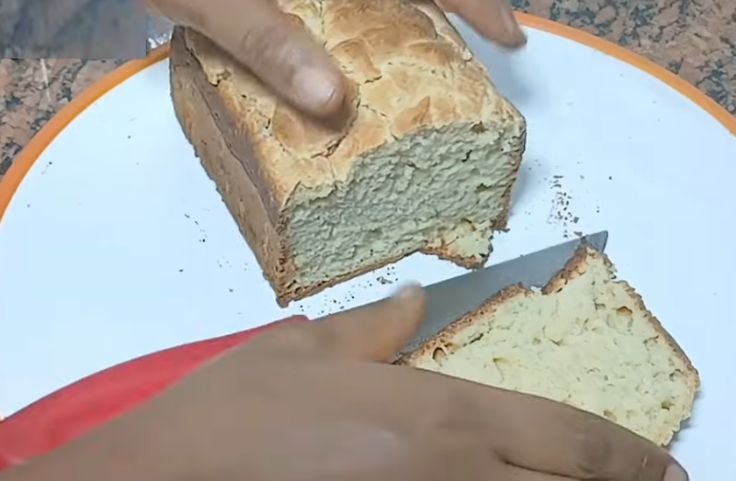
Common Mistakes to Avoid
Using Too Little Liquid
Cassava flour absorbs more moisture than wheat flour. If the dough is too dry, the bread will be crumbly.
Add liquid gradually and follow a tested recipe for the right balance.
Not Mixing Thoroughly
If the ingredients aren’t fully combined, dry flour pockets can form, leading to uneven texture.
Use a whisk or mixer to blend everything well before baking.
Overbaking the Bread
Cassava flour bread bakes differently from wheat-based loaves. Keep an eye on it and test for doneness with a toothpick. If it comes out clean or with a few crumbs, it’s ready.
Cutting Too Soon
Slicing while the bread is still hot can make it gummy. Let it rest for 15-20 minutes so it firms up properly.
Variations and Add-Ins to Your Cassava Flour Recipe
- Herbs for Flavor: Fresh or dried herbs can transform your cassava flour bread. Mix in rosemary, thyme, or oregano before baking for a fragrant, savory touch. This works well for pairing with soups, stews, or grilled dishes.
- Seeds and Spices: Chia, flaxseeds, and sunflower seeds add crunch and boost nutrition. For extra flavor, try paprika, garlic powder, or cumin. These additions can shift the bread’s profile, making it work for different meals.
- Cheese for Richness: Fold in cheddar, parmesan, or feta for a cheesy, savory loaf. It pairs perfectly with salads, soups, or a simple spread of butter.
- Sweet and Nutty Twists: For a hint of sweetness, add chopped walnuts, pecans, dried cranberries, or raisins. These mix-ins create a satisfying contrast to the bread’s natural earthiness.
- Spicy Kick: Love heat? Toss in jalapeños or chili flakes for a bold twist. This works well if you’re serving the bread with hearty dishes or as a snack with a dip.
With these variations, you can create a cassava flour bread that matches your taste and meal plan.
Storage Tips
Keeping It Fresh
Store cassava flour bread in an airtight container to prevent it from drying out. Glass or food-safe plastic containers work best since they keep air out.
If you plan to eat the bread within a day or two, a bread box or paper bag can work, but they won’t lock in moisture as well.
Choosing the Right Spot
Keep the bread in a cool, dry place away from sunlight. Moisture encourages mold, and heat speeds up staleness.
A pantry or cupboard with a stable temperature works best. If you live in a humid area, adding a desiccant like a silica gel packet can help absorb excess moisture.
Freezing for Long-Term Storage
To make your bread last longer, freeze it. Slice it before freezing so you can take out only what you need.
Wrap it tightly in plastic wrap or foil, then place it in a freezer-safe bag or container.
Properly stored, cassava flour bread stays good for up to three months.
Reheating for the Best Texture
When you’re ready to eat, thaw slices at room temperature or toast them straight from the freezer. This keeps the texture intact and brings back the fresh-baked feel.
Follow these tips, and you’ll always have soft, flavorful cassava flour bread ready to enjoy.
Serving Suggestions
Pair It with Dips and Spreads
Cassava flour bread works well with a variety of dips and spreads. Try it with hummus for a creamy contrast or an avocado spread with spices for a fresh and nutritious twist. If you prefer bold flavors, go for a spicy salsa or a rich pesto.
Serve It with Soups and Stews
This bread absorbs broths well, making it a great side for hearty dishes.
Pair it with chili, vegetable soup, or any stew that benefits from a thick, flavorful bite. Toasted slices add crunch to creamy soups.
Make Open-Faced Sandwiches
Turn cassava flour bread into a base for open-faced sandwiches. Top it with meats, cheeses, or roasted vegetables for a satisfying meal. Toasted slices hold up well under layers of toppings.
Add It to Brunch or Dinner Spreads
At brunch, serve it with fresh fruit, cheeses, and jams. For dinner, pair it with roasted meats or grilled vegetables as a gluten-free alternative to traditional bread.
It also fits well into themed meals, from Mediterranean feasts to holiday gatherings.
Cassava flour bread can be the perfect side or the main attraction. Try different pairings to find your favorite way to enjoy it.
Watch the Video on Cassava Flour Bread
Frequently Asked Questions About Cassava Flour Bread Recipe
What makes a cassava flour bread recipe different from a wheat bread recipe?
A cassava flour bread recipe is naturally gluten-free, producing a denser texture with a mild, earthy flavor. It’s a great alternative for those avoiding wheat while still enjoying homemade bread.
Can I make a cassava flour bread recipe without eggs?
Yes! You can replace eggs with flax eggs (1 tablespoon flaxseed + 2.5 tablespoons water per egg) to create a vegan-friendly cassava flour bread recipe without compromising texture.
How do I store cassava flour bread made from this recipe?
To keep your cassava flour bread recipe fresh, store the baked bread in an airtight container at room temperature for up to two days or freeze slices for longer storage.
Can I add yeast to a cassava flour bread recipe?
Cassava flour does not contain gluten, so yeast won’t create the same rise as in wheat bread. Instead, use baking powder or a combination of baking powder and apple cider vinegar for better lift in your cassava flour bread recipe.
Conclusion
The cassava flour bread recipe is a fantastic gluten-free alternative to traditional wheat bread, offering a delicious and nutritious option for various diets.
With the right ingredients and techniques, you can achieve a soft, flavorful loaf perfect for any meal.
Whether you prefer a classic version or enjoy experimenting with add-ins like herbs, cheese, or seeds, this recipe is highly versatile.
Proper storage ensures freshness while serving suggestions enhance the experience.
By following this cassava flour bread recipe, you’ll always have a homemade, healthy bread option ready to enjoy.
Try it today and boost your gluten-free baking skills!
References

Chimeremeze Emeh is a writer and researcher passionate about Africa’s most transformative root crop—cassava. Through his work at cassavavaluechain.com, he explores the entire cassava industry, from cultivation and processing to its diverse applications in food, health, and industrial use.
He also writes for palmoilpalm.com, where he shares his extensive experience and deep-rooted knowledge of palm oil, covering red palm oil, palm kernel oil, and refined products. His work there reflects his lifelong connection to agriculture and his commitment to promoting sustainable value chains in Africa.
Driven by curiosity and purpose, Chimeremeze aims to shed light on how cassava continues to empower communities, strengthen food systems, and link traditional farming wisdom with modern innovation.

